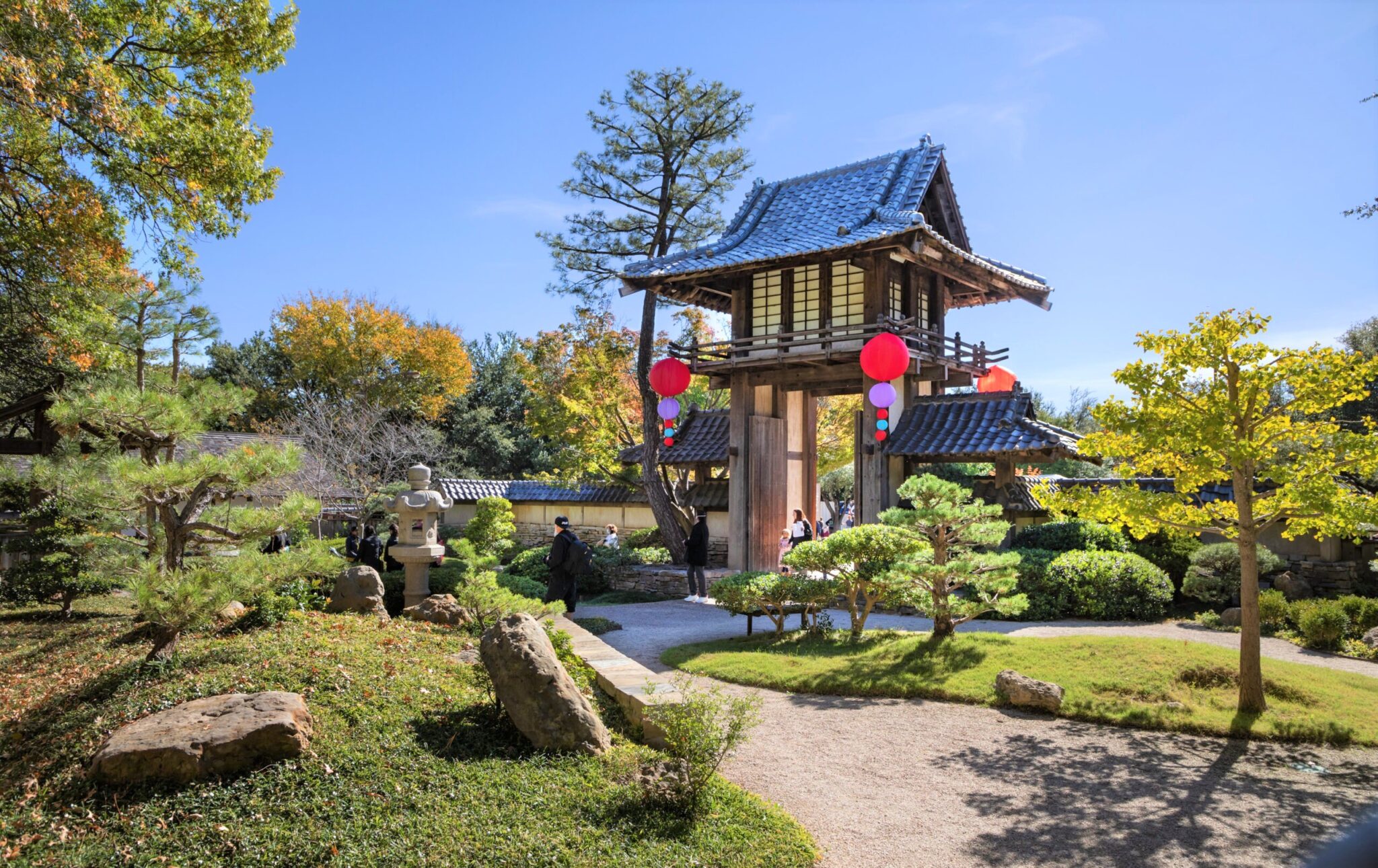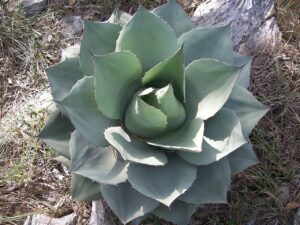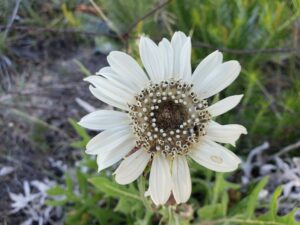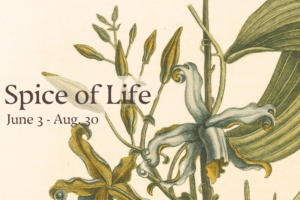In 1973, Richard Nixon began his second term, Pink Floyd released “Dark Side of the Moon” and “The Exorcist” beat out “The Sting” and “American Graffiti” as the highest-grossing films.
Also, the Japanese Garden opened its gates.
For half a century now, the Japanese Garden has been an oasis of serenity in the middle of the city–a place for retreat, relaxation and meditation. It’s hard to believe the site had previously served as a gravel pit, squatter’s camp and dump.
What are your special memories of the Japanese Garden?
Generations have loved this garden.
We want to hear your stories and see your photos!
Send us an email or post on Facebook or Instagram
using the hashtag #JapaneseGardenMemories
The Fort Worth Park department (later Parks and Recreation) began in 1968 by clearing the site, which original architect Al Komatsu once called a “tremendous ecological disaster.” Over time, they built ponds and waterfalls, shaped trails and paths and selected plants that would lend Japanese beauty to a corner of Texas.
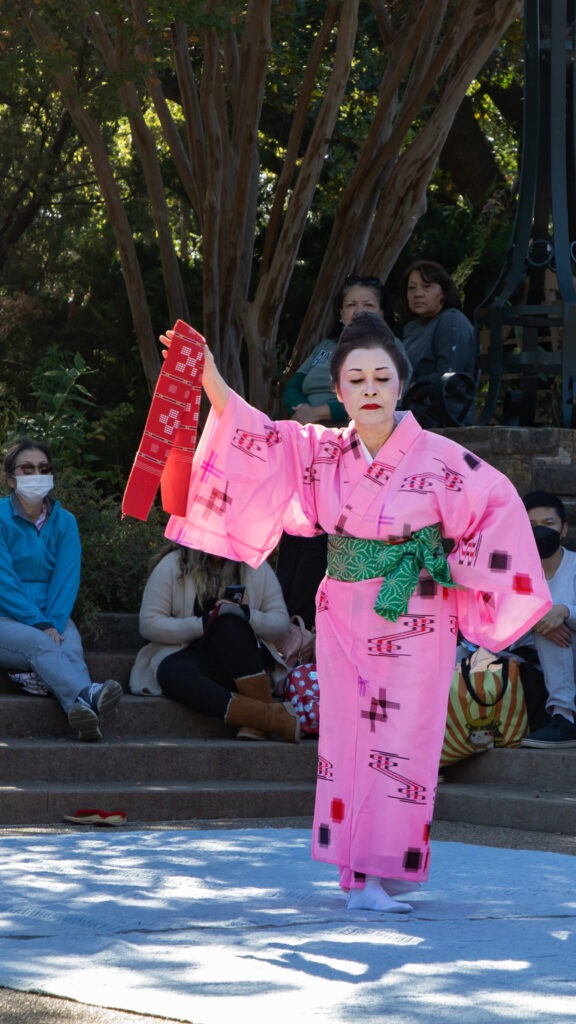
Recent projects have restored many of the Japanese Garden’s favorite structures, including the Tea House and the Moon Bridge. You can explore the Garden’s features while enjoying the Spring Japanese Festival April 22 and 23. Highlights of the event include:
- Performances by two Taiko drumming groups, traditional dancers, karate experts, and Master Swordsman G.K. Sugai.
- Displays of the miniature worlds of bonsai trees from the Fort Worth Bonsai Society.
- Demonstrations of origami, calligraphy, and Japanese games.
- Vendors selling treasures from origami jewelry to anime plush figures, star charts to crafts made with vintage kimonos.
- Asian food trucks preparing delicious meals and snacks, as well as authentic Japanese cuisine prepared by the Fort Worth Japanese Society.
- A traditional Japanese tea ceremony (additional fee applies.)
The Garden will celebrate the Japanese Garden anniversary all year long. Plan your own visit–and let us know your memories of this beloved Fort Worth landmark.

